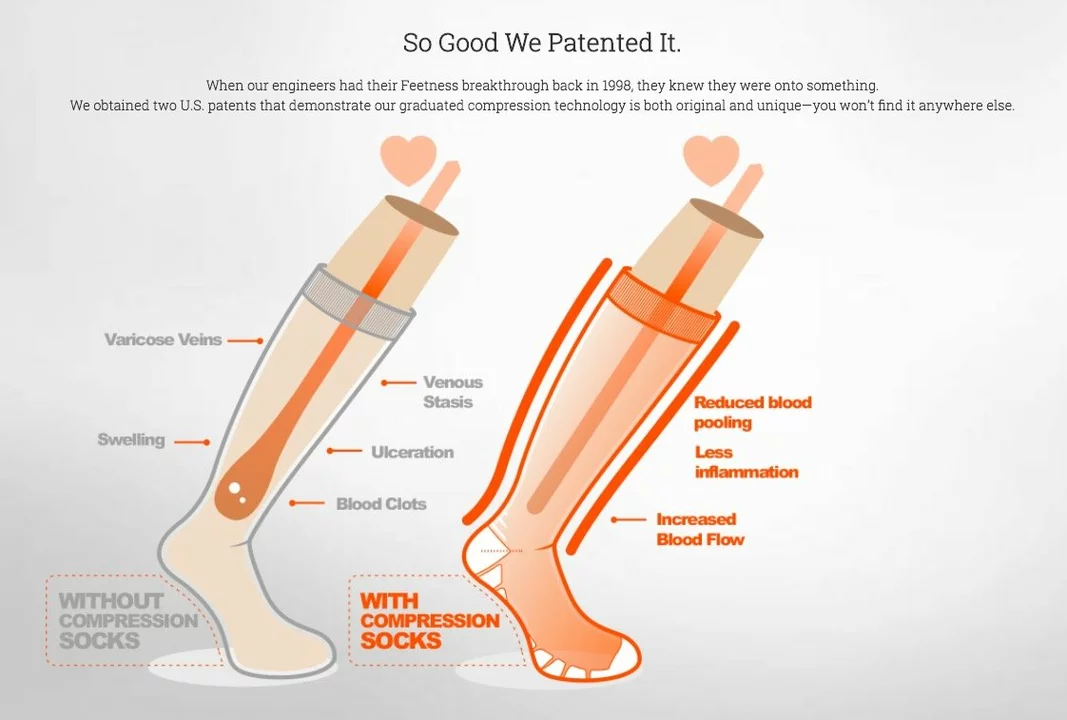Physical Activity: Why Moving Matters and Simple Ways to Stay Active
We all hear that exercise is good, but what does it actually do for you? It lifts mood, keeps weight in check, and helps your body use medicines better. Below we break down the real benefits and give you quick ideas to add more motion into your day.
How Physical Activity Affects Your Medications
When you move, blood flow improves. Better circulation means drugs reach their target faster, so they work more reliably. For example, people with high blood pressure often see lower readings after regular walks because the heart doesn’t have to pump as hard.
A few medications rely on a stable weight. If you gain extra pounds, doses may need adjusting. Staying active helps keep your weight steady, reducing the chance of dose changes or side‑effects.
Exercise also influences how the liver breaks down drugs. A stronger liver processes some prescriptions more efficiently, which can lower the risk of buildup and toxicity. That’s why doctors sometimes ask about your activity level before prescribing.
If you take insulin or other blood‑sugar meds, moving muscles use glucose without needing extra insulin. This natural drop can prevent lows and keep your diabetes under control.
Easy Ways to Add Movement to Your Day
Don’t think you need a gym membership. Start with a 10‑minute walk after dinner. It’s low impact, free, and fits most schedules.
Swap the elevator for stairs whenever you can. One flight burns about ten calories and gets your heart beating.
Turn TV time into stretch time. Do calf raises or arm circles during commercial breaks – it adds up without feeling like a workout.
If you sit at a desk, set a timer to stand every hour. A quick lap around the office or a few squats resets circulation and eases back tension.
Try short home circuits: 20 seconds of marching in place, 10 seconds rest, repeat five times. It spikes heart rate, builds stamina, and needs no equipment.
Remember to stay hydrated and wear comfortable shoes. Small comforts keep you motivated and prevent injuries.
Track your steps with a phone app or simple pedometer. Seeing the numbers grow can be surprisingly encouraging.
Finally, involve friends or family. A weekend bike ride or a game of catch makes activity feel like fun instead of duty.
Physical activity isn’t just about looking fit – it’s a tool that works with your medicines to keep you healthier. Pick one tiny habit today and watch how it blends into the bigger picture of wellness.

How to Reduce Fluid Retention Through Exercise
As a fitness enthusiast, I've noticed how exercise plays a crucial role in reducing fluid retention in our bodies. By engaging in regular physical activity, we can improve our circulation, allowing trapped fluids to move more freely. Cardiovascular exercises like swimming, walking, or cycling are especially helpful in combating water retention. Additionally, yoga and stretching exercises help release the tension in our muscles and reduce inflammation. Incorporating these exercises into our daily routine can lead to a noticeable reduction in fluid retention and a healthier lifestyle overall.
May 6 2023